Casa Morena: A Minimalist Haven Embracing Nature
January 16, 2024
Nestled amidst the breathtaking landscapes of the Algarve Coast, Mario Martins' architectural vision has taken shape in Casa Morena, a two-story luxury villa that seamlessly blends with the region's natural beauty. The architect's deep connection to the Algarve's unique aesthetic is evident in every detail, from the minimalist design to the thoughtful integration of natural elements.

At the heart of Casa Morena lies a philosophy of "less is more," where simplicity and elegance intertwine to create a sense of tranquillity and connection to nature. Large, floor-to-ceiling windows, courtesy of the OTIIMA Plus System, flood the interior with natural light, blurring the boundaries between indoors and outdoors. The warm tones of the stonework and wood accents create a harmonious ambience that complements the surrounding landscape.
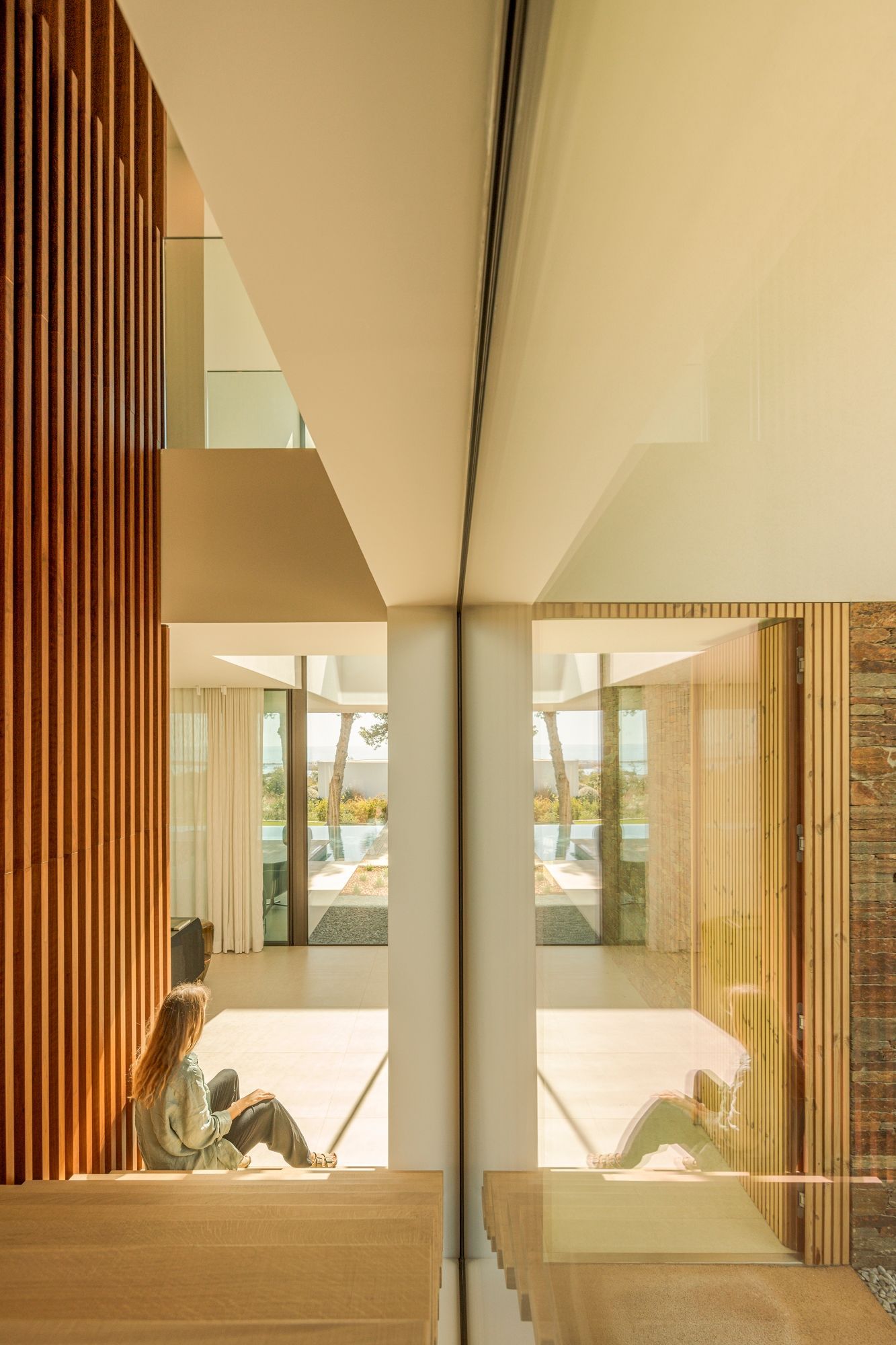
The seamless transition between the living room area and the exterior area is a testament to Martins' ability to harmonize architecture with nature. Sliding glass doors, opening onto a patio and transparent balcony, invite the outdoors in, creating a sense of expansiveness and connection to the surrounding garden space and swimming pool. As the OTIIMA Plus System windows slide effortlessly away, the living room transforms into an open-air extension, inviting the warm Mediterranean breeze and vibrant sunlight to permeate every corner.
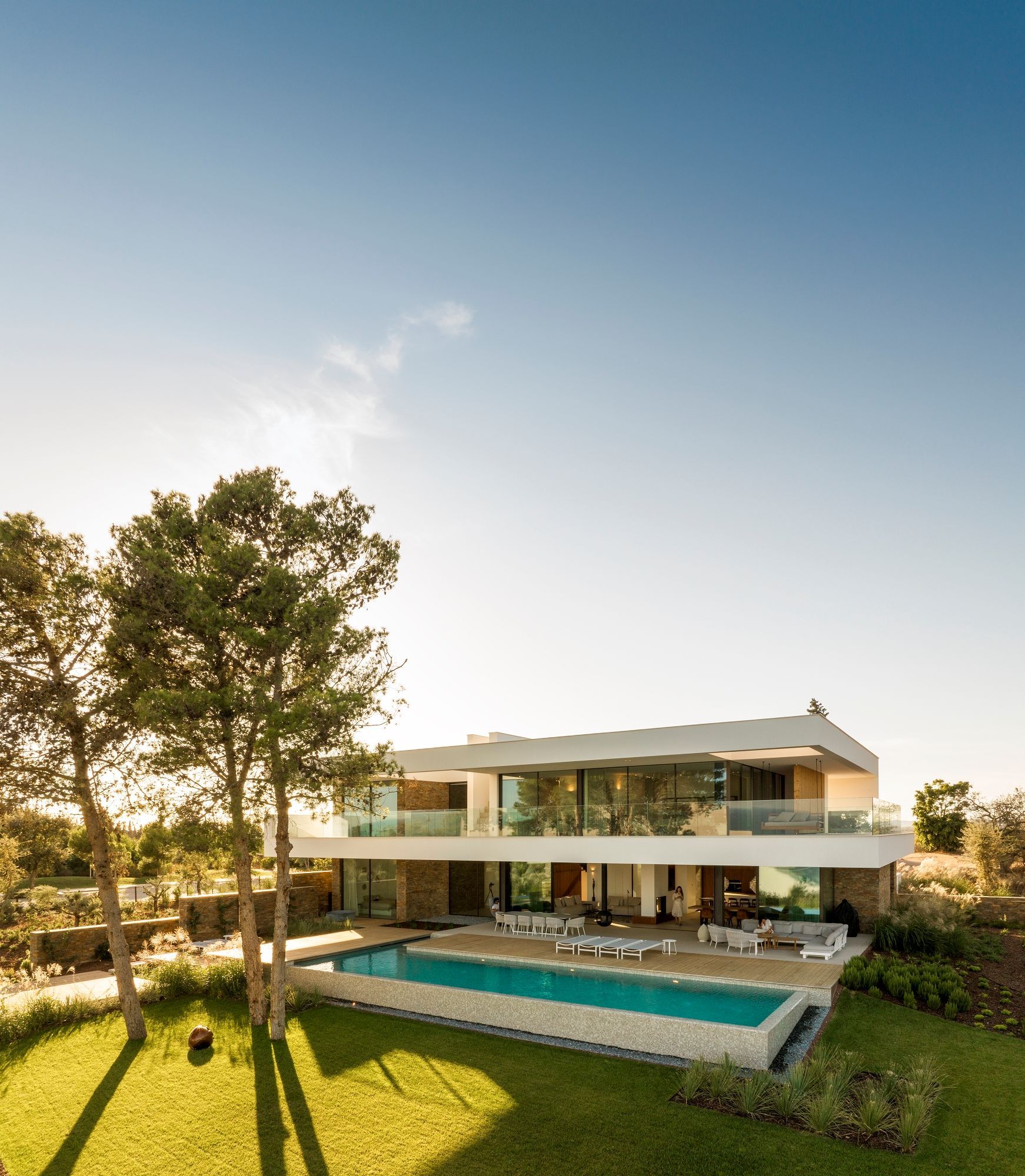
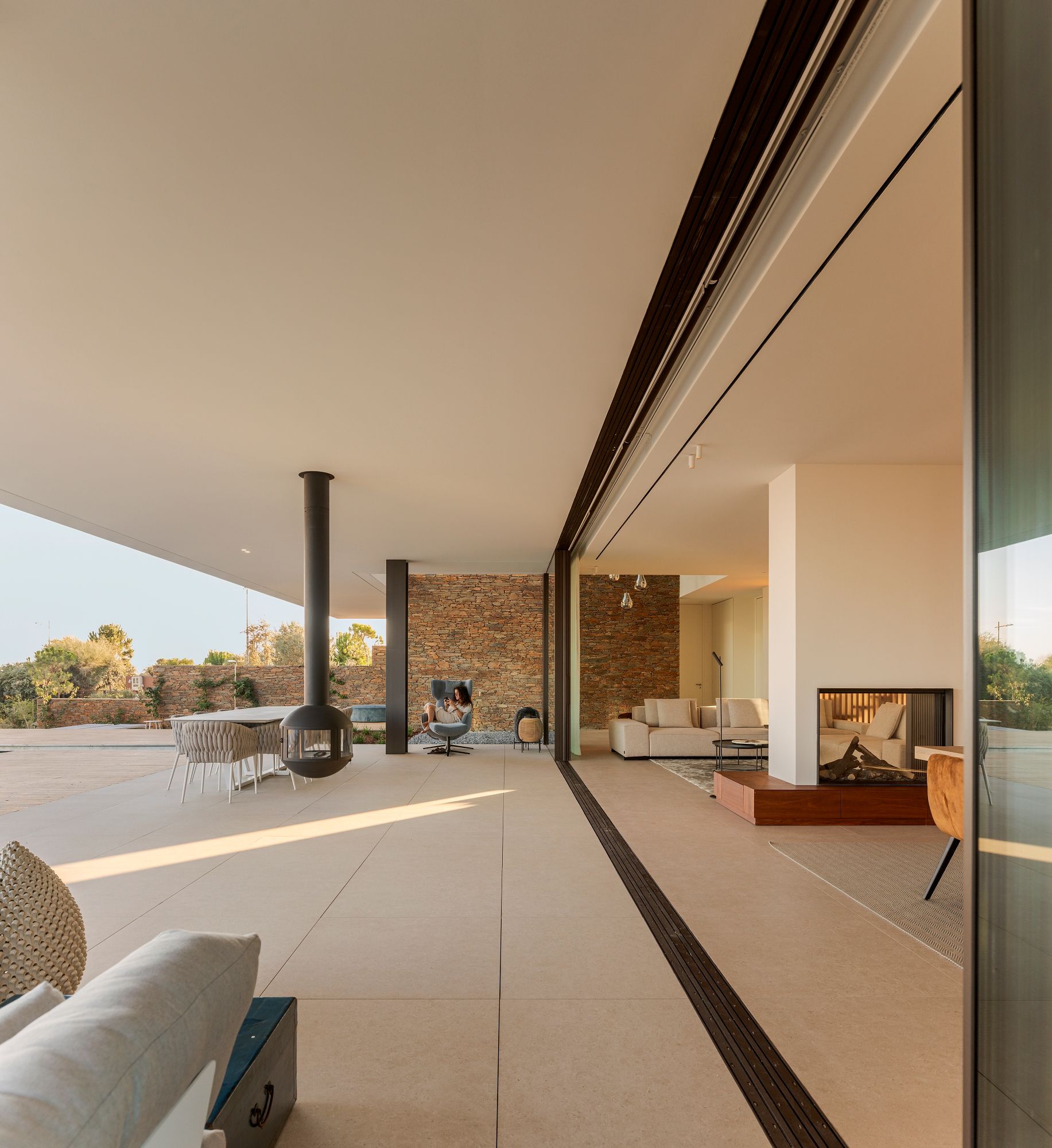

Casa Morena exudes a sense of freedom, intimacy, and comfort, catering to those seeking a retreat where they can truly connect with their surroundings. Each room, from the master suite to the guest bedrooms, is infused with natural light and airiness, while the minimalist design ensures a sense of serenity and peace.
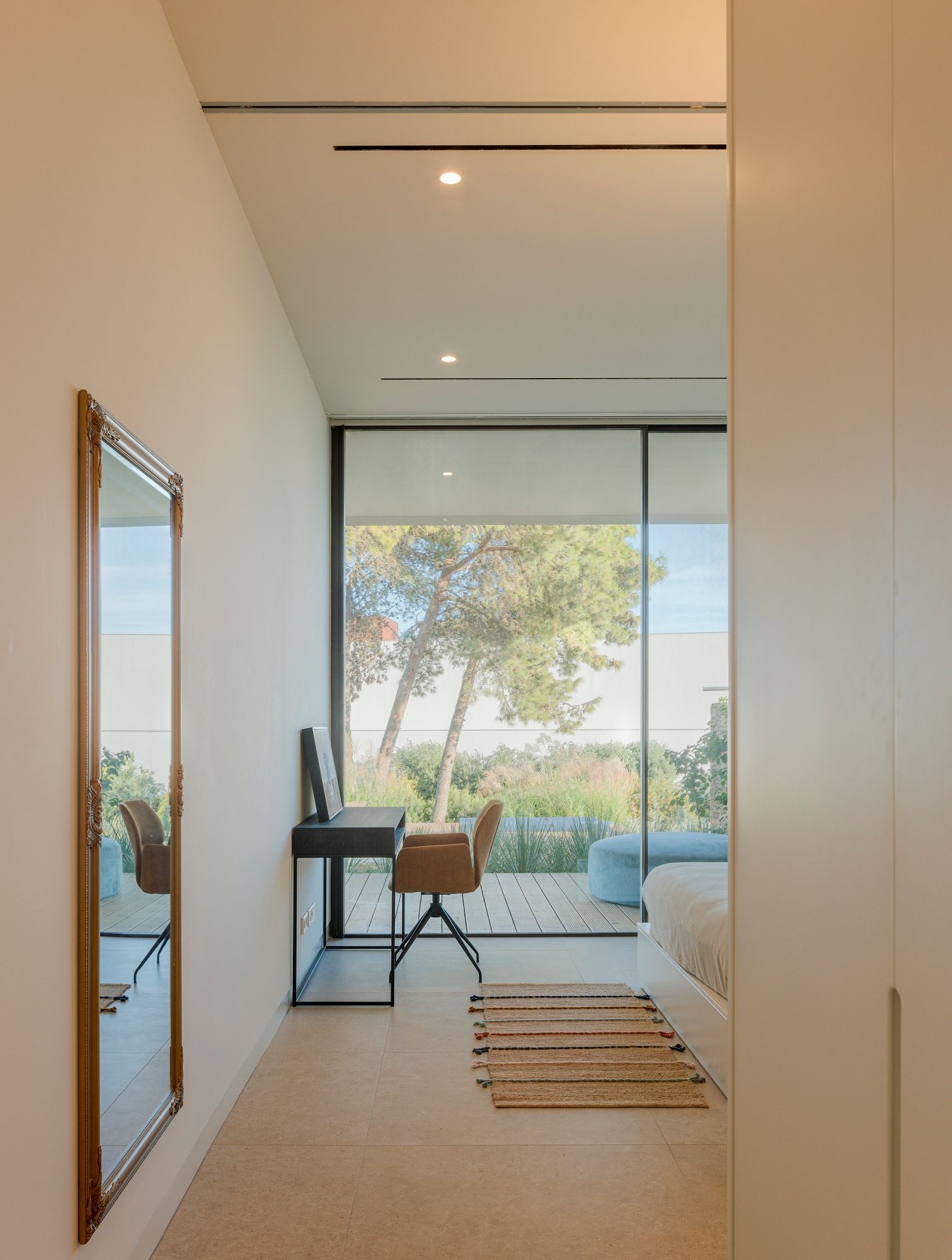
Mario Martins's architectural prowess is evident in every detail of Casa Morena. The villa's structure, defined by clean lines and geometric shapes, complements the natural surroundings without overpowering them. Using raw materials, such as stone and wood, further reinforces the connection to the environment, creating a harmonious blend of man-made and natural elements.
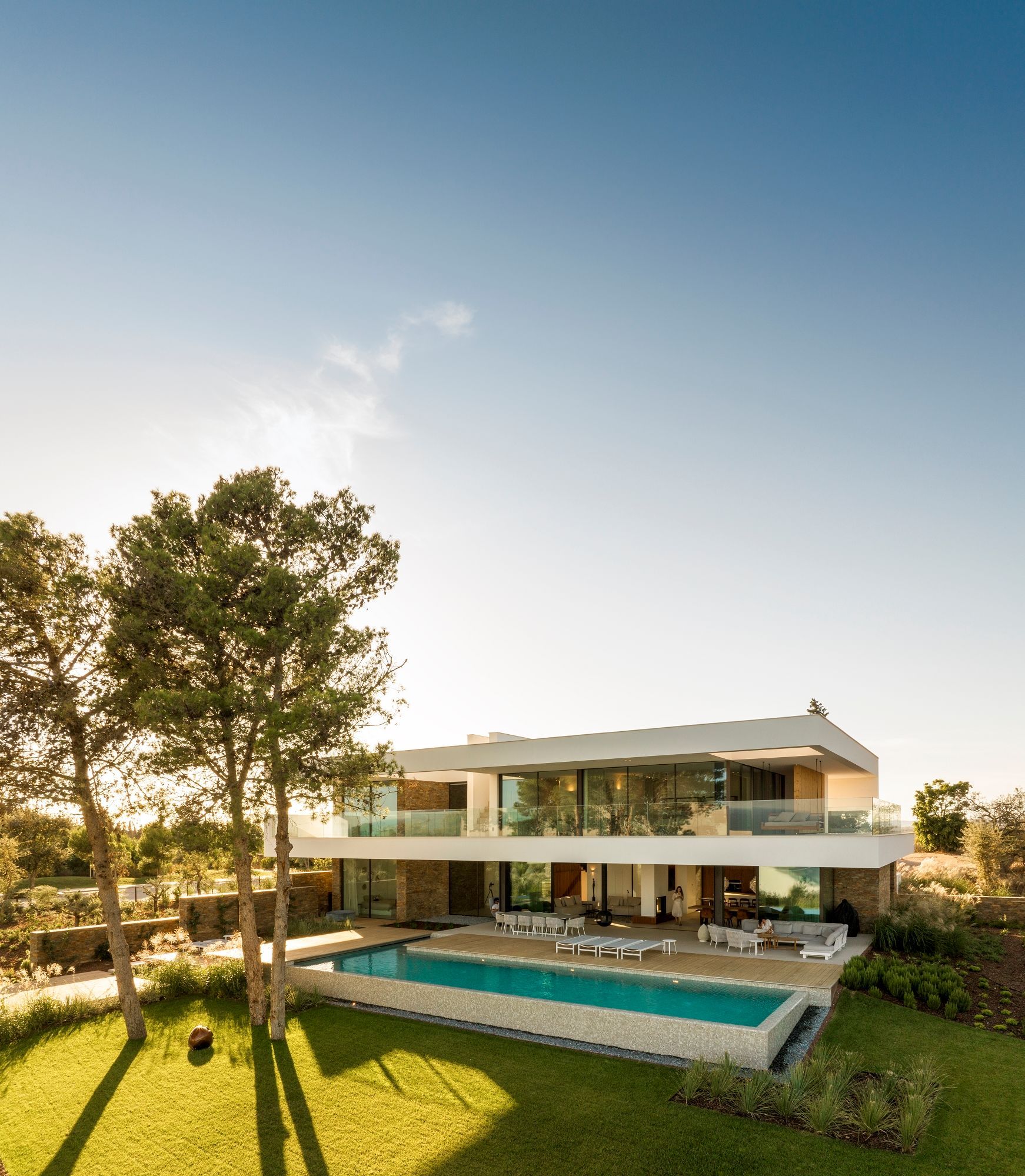
The villa's expansive garden, with its meandering pathways and lush greenery, serves as a verdant oasis, inviting residents to reconnect with the tranquillity of nature. The sparkling swimming pool, nestled amidst the foliage, provides a refreshing respite from the warm Algarve sun, offering a tranquil space for relaxation and leisure.
Casa Morena is a testament to minimalist design's power and ability to seamlessly integrate architecture with nature. Through its harmonious blend of clean lines, natural materials, and expansive windows, Casa Morena offers a sanctuary of comfort, intimacy, and connection to the serene beauty of the Algarve Coast.
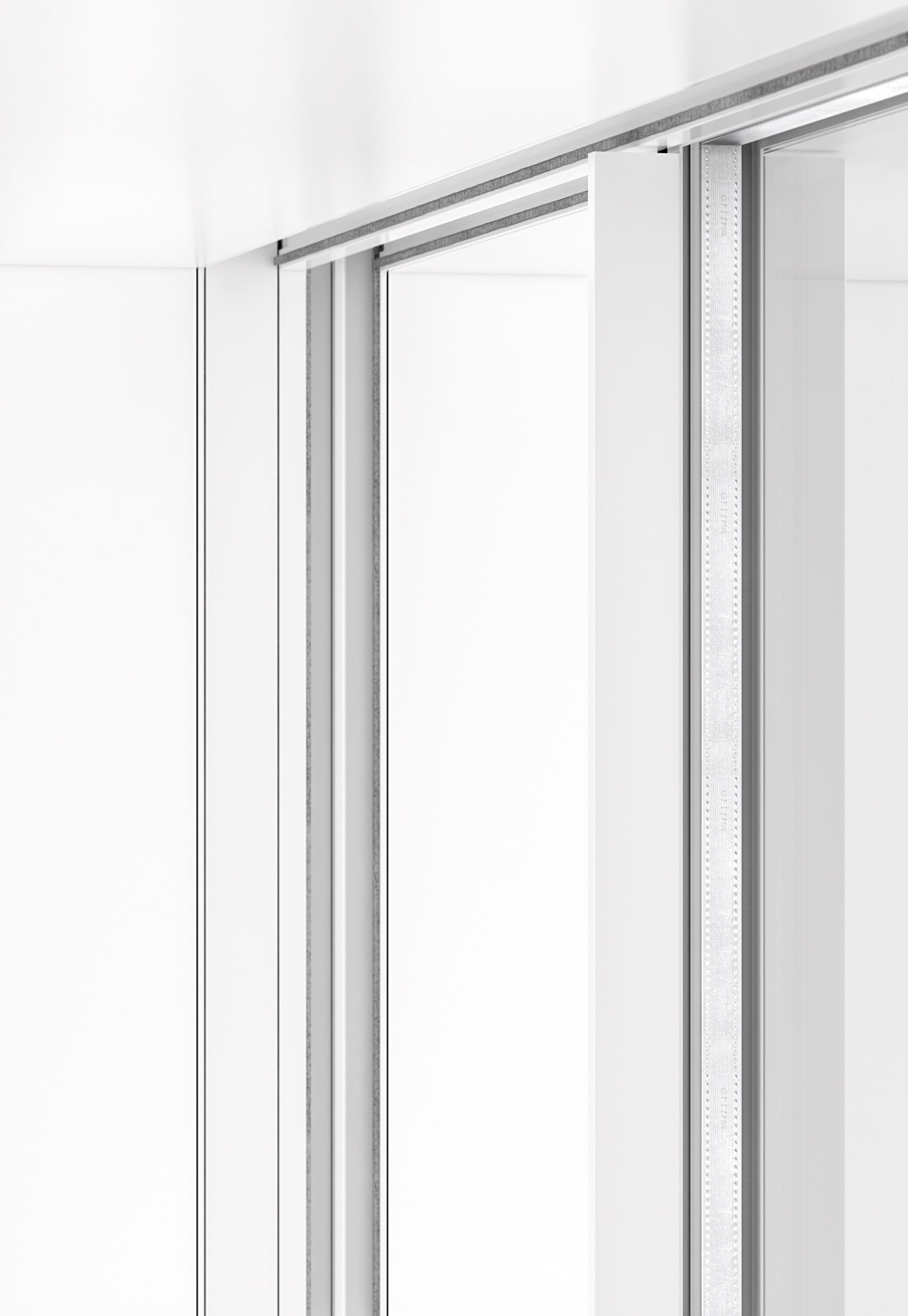
When it comes to architectural glazing, the principle of "less is often more" guides OTIIMA’s Vision system, a revolutionary window solution that redefines minimalism, engineering, and elegance. Designed for an ideal balance of transparency, precision, and performance, the Vision system transforms the way windows look, feel, and function. Minimal Aluminum, Maximum Light At the core of the Vision system is a radical design philosophy: reducing the visible aluminum to enhance natural light. By concealing the top and bottom rails within recessed outer frames, Vision creates a flush, seamless opening that provides uninterrupted views and continuous daylight. Whether opting for a standard horizontal sliding panel, a corner opening, or a hidden pocket system, you can expect pure transparency combined with architectural integrity.

Today, we celebrate the birthday of Eduardo Souto de Moura, one of Portugal's most renowned architects, whose work has had a profound influence on contemporary architecture worldwide. Famous for his minimalist and impactful designs, Souto de Moura combines tradition and modernity to create spaces that are functional and refined. A Journey in Architecture Born in Porto in 1952, Eduardo Souto de Moura studied architecture at the University of Porto, where he later became a professor. Early in his career, he was profoundly influenced by Álvaro Siza, another legendary figure in Portuguese architecture. Souto de Moura’s signature style emerged through his disciplined use of materials, a sensitive engagement with context, and an emphasis on structural clarity. In 2011, he received the Pritzker Architecture Prize, often described as the Nobel Prize of architecture, underscoring his global impact and enduring legacy. 1. Braga Stadium, Portugal Completed in 2003, Braga Stadium showcases Souto de Moura’s ability to integrate architecture with its environment. Carved into a quarry, the stadium's design respects the natural landscape, providing a unique spectator experience while highlighting his talent for harmonizing bold engineering with its surroundings.

Modern urban architecture faces a unique set of challenges. Cities are expanding rapidly, so architects must balance various demands, such as limited space and strict regulations, sustainability and cultural identity. Understanding these challenges is crucial for creating functional and aesthetically pleasing spaces that address the needs of today’s urban environments. Limited Space and Growing Populations One of the most significant challenges is the limited availability of space. As more people move to urban areas, land becomes increasingly scarce and expensive. There’s a need to find creative ways to maximize every square foot, often by designing taller buildings or multi-use spaces that serve multiple purposes simultaneously. However, building upwards comes with technical considerations such as structural safety, lighting, and ventilation.
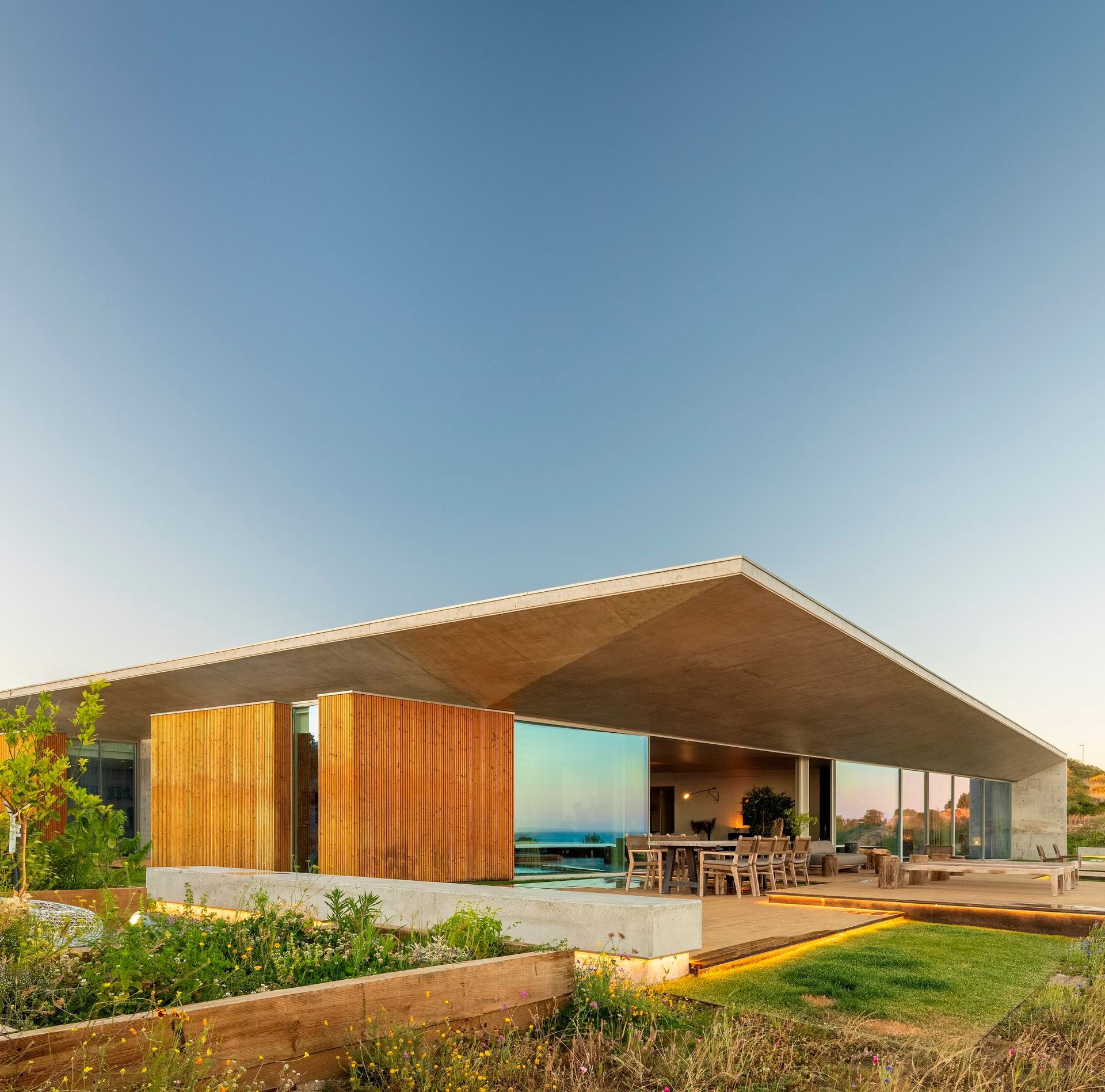
In a world often dominated by repetition, true originality stands out, especially in architecture. This discipline combines function, form, and emotion in the spaces where we live, work, and dream. While trends come and go, originality builds lasting value. It speaks louder than fashion, influencing culture and defining legacies. The Power of Original Thought Architecture is about shaping experiences. When architects dare to break away from convention, the results are often more than just spaces. Originality invites us to see the world differently, pushing boundaries, exploring new materials, and rethinking the relationships among light, landscape, and life. “Each new situation requires a new architecture.” — Jean Nouvel Case Study: Casa Libre, Portugal Perched on the cliffs of the Algarve coast, Casa Libre, designed by Mário Martins Atelier, expresses freedom of space, light, and thought. The architecture integrates with the surrounding landscape, rather than overpowering it, utilizing bold horizontality and deep cantilevers to create a harmonious dialogue with the Atlantic horizon. Every aspect of this project is carefully considered and intentional. The house opens entirely to the south, dissolving the boundary between interior and exterior. To achieve this radical openness, the architect relied on OTIIMA’s ultra-minimal sliding systems, which allow large glass panels to retract into the walls, revealing panoramic views without visual obstruction. Casa Libre reflects a vision of architecture that is rooted in its location and unafraid to challenge convention. The intentional use of light, material, and proportion is deeply original, not for novelty's sake, but in the pursuit of truth. This demonstrates what happens when form follows ideas rather than trends.
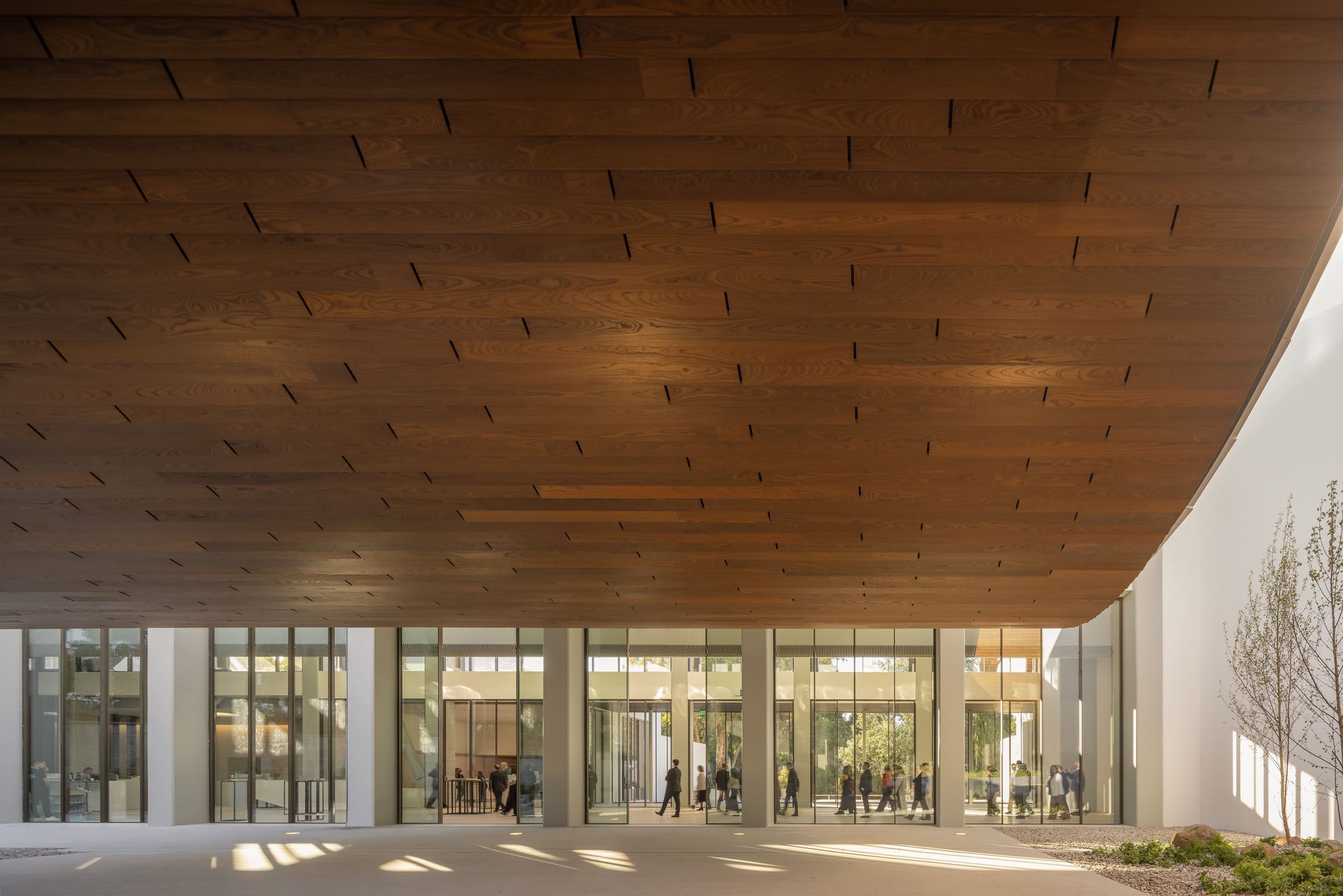
In architecture, as in life, authenticity doesn’t declare itself, it reveals itself. It’s invisible until, in the smallest gesture or the most unique detail, it shows its true nature. It is in this subtle precision that OTIIMA stands apart, embodying a design philosophy that goes beyond inspiration. OTIIMA is in the United States with the same vision, precision, and essence that have defined the brand from the start. Because, authenticity isn’t a choice, it’s where you come from. We’ve always believed that less reveals more. True minimalism demands transparency, purpose, and clear intention, an authenticity that can’t be faked or copied. In a world full of references, where it’s easy to lose touch with the source, we’ve held firmly to ours. Over the years, we’ve seen our name used, our ideas copied. But no one can replicate our DNA. And it’s this uniqueness that now brings our presence directly to the U.S. market — no intermediaries, no distortions, no imitations. There is only one OTIIMA.

Today, June 25, 2025, Álvaro Siza Vieira celebrates his 92nd birthday. A revolutionary in the field of architecture, Siza's legacy goes beyond buildings; it shapes our perception, feelings, and experiences of space. Born in Matosinhos, Portugal, Siza has long been recognized as a master of restraint. His architecture whispers rather than shouts, respecting the landscape and honoring tradition while simultaneously expressing a deeply contemporary language. His work navigates the interplay of light and shadow, geometry and emotion, simplicity and complexity. From the Boa Nova Tea House and the Serralves Museum in Portugal to the Iberê Camargo Foundation in Brazil, his projects demonstrate a consistent commitment to timeless design and architectural integrity. Siza has received numerous awards, including the Pritzker Prize (1992), the UIA Gold Medal, and the Golden Lion for Lifetime Achievement at the Venice Architecture Biennale. Siza famously stated, "Architects do not invent anything; they transform reality." For over seven decades, he has embodied this idea, transforming cities and lives through architecture that is as subtle as it is profound. Read also- Celebrating the 91th Birthday of Álvaro Siza Vieira: A Legacy in Architecture
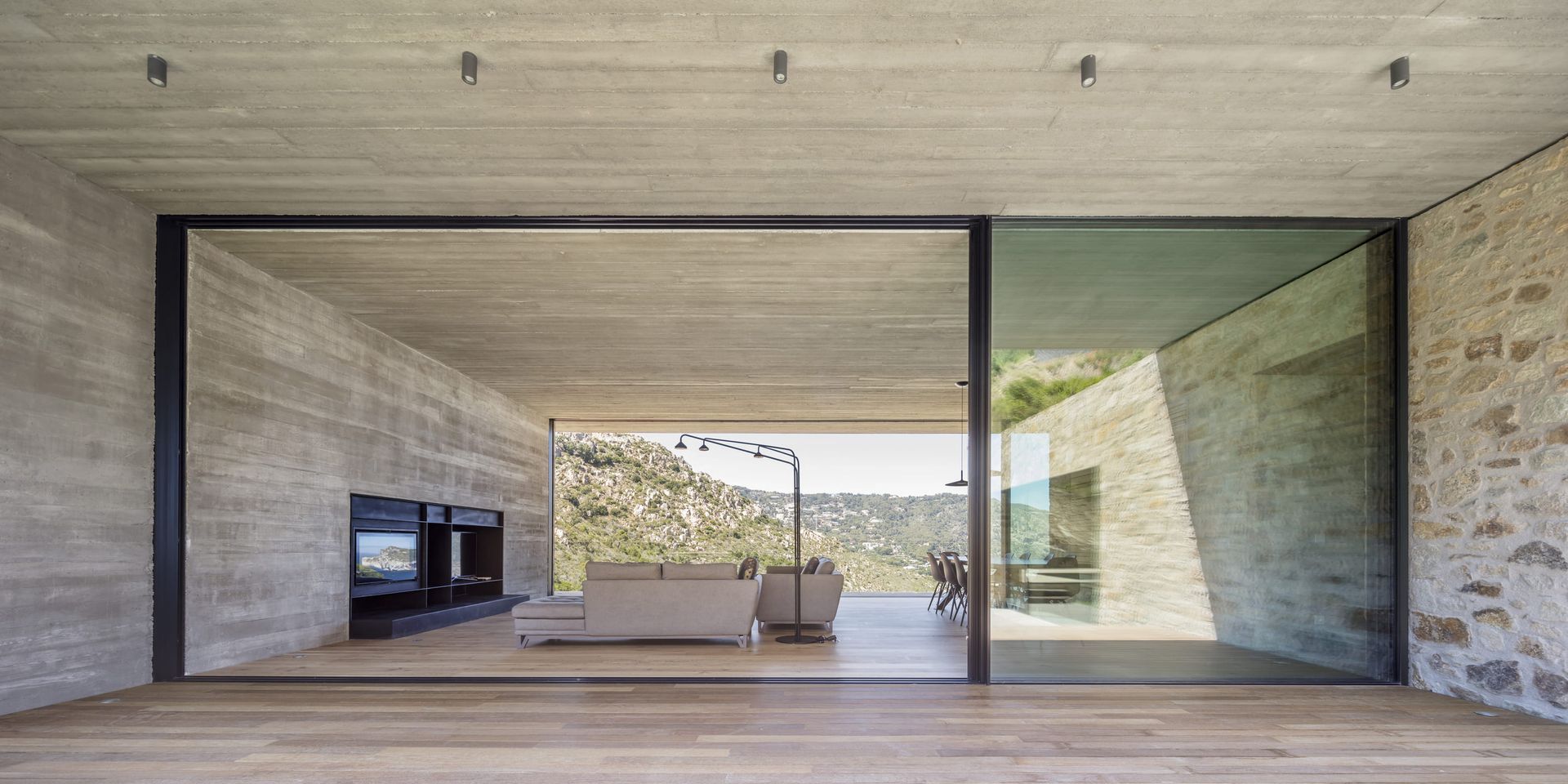
When it comes to architecture, windows are never just windows. They frame views, bring in light, connect inside and out, and define the character of a space. For architects, choosing the right window system is a design decision as critical as any other. In this guide, we break down what you need to consider when specifying windows beyond aesthetics. From minimal frames to performance under pressure, this is your essential reference.
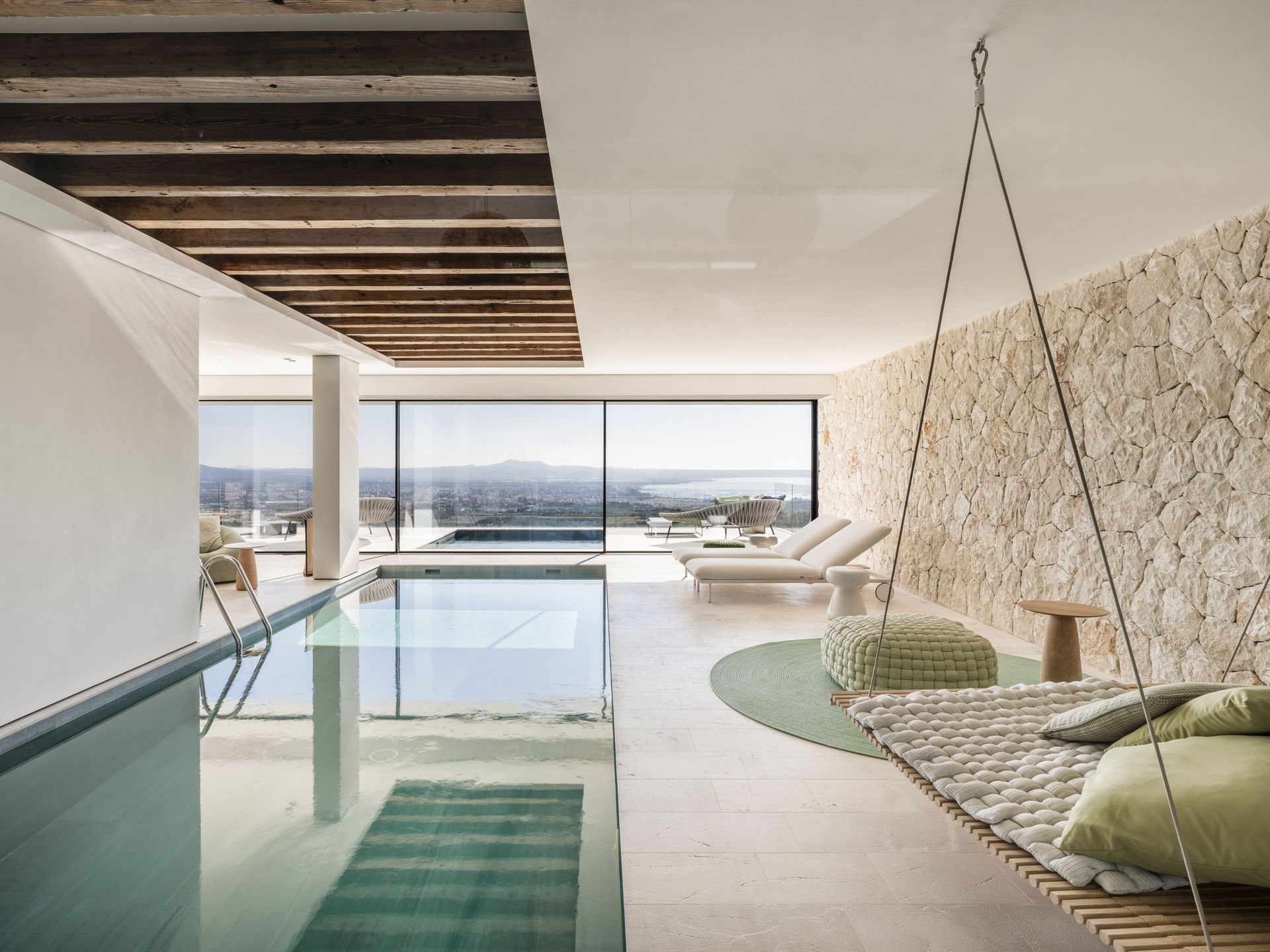
In architecture and design, aesthetics is often misunderstood as a matter of visual appeal alone. However, aesthetics is not just about what looks good; it’s about what feels right, what functions well, and what communicates meaning. It represents the intersection of form, context, and intention. Aesthetics influences every aspect of space, from how it’s perceived to how it’s used. It shapes the emotional and functional experience of architecture. When Does Aesthetics Begin? Aesthetic thinking begins from the first moment of conception, even before the first sketch. It guides decision-making throughout the design and building process. Every material chosen, every joint concealed, and every transition resolved reflects aesthetic intent. In minimalist architecture, where every element is exposed and purposeful, this becomes even more critical. When complexity is removed, aesthetics must bear the weight of both design and function. There’s no room for noise, only clarity.
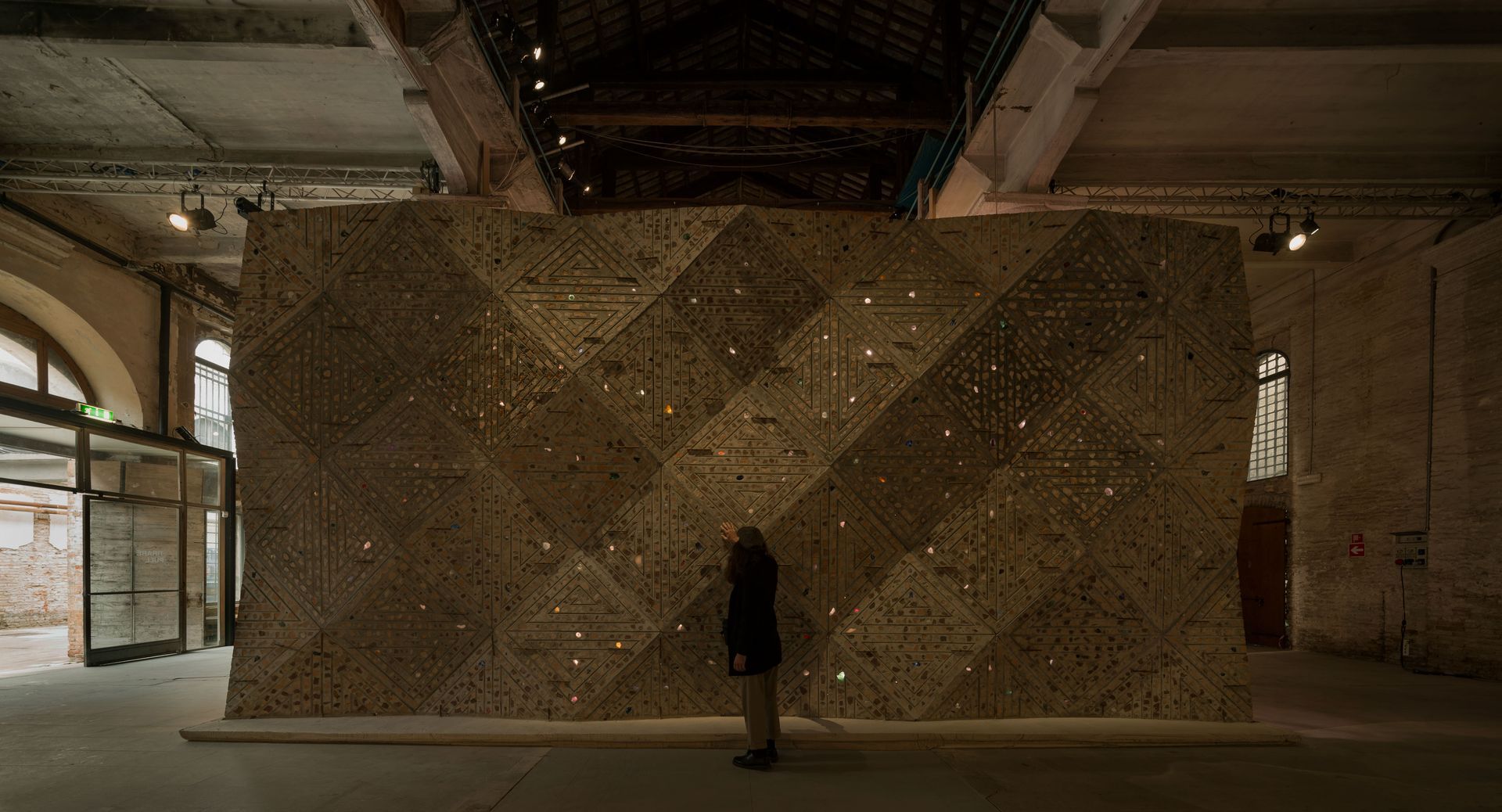
We invited the renowned architect Gloria Cabra l to share her vision of the window, an essential architectural element. In this exclusive piece, she reflects on how openings go beyond their practical function, transforming into portals of light, connection, and new beginnings, revealing the profound poetry embedded in the act of design. Janelar “Airing out our spaces, letting the wind flow through them, creating ventanas (Spanish), making wind’s eyes— windows (English, from vindauga, Old Norse), or pores in the walls, fenêtre, finestra, fenster (French, Italian, German). I imagine this has been architecture’s desire since the occupation of caves, since the first huts, this original yearning for openings. Later, with new materials, the entry of light became possible: sometimes through flattened horns, other times stretched skins or even paper. With the discovery of glass, a new world of possibilities opened. But in Portuguese, the way we name it is different: Janela , derived from Januella, the diminutive of janua A small door, a little portal. Janela comes from the Roman god Janus, the god of beginnings and endings, transitions and decisions, the same god who opens the year in January. So, to imagine a Janela in a project is to express the beginning of something, the start of a landscape, a sky, a light, scents, or new winds. Designing a Janela is choosing what we want to see, how we want to start the day, what light we invite in, and how it enters. Windows are the instruments connecting us to what surrounds the work. And in Galicia, there’s an even lovelier word: Janelar . It turns sitting by a window and contemplating into a verb. To me, Janelar is to open a portal between inside and outside, past and future, memories, and desires.”
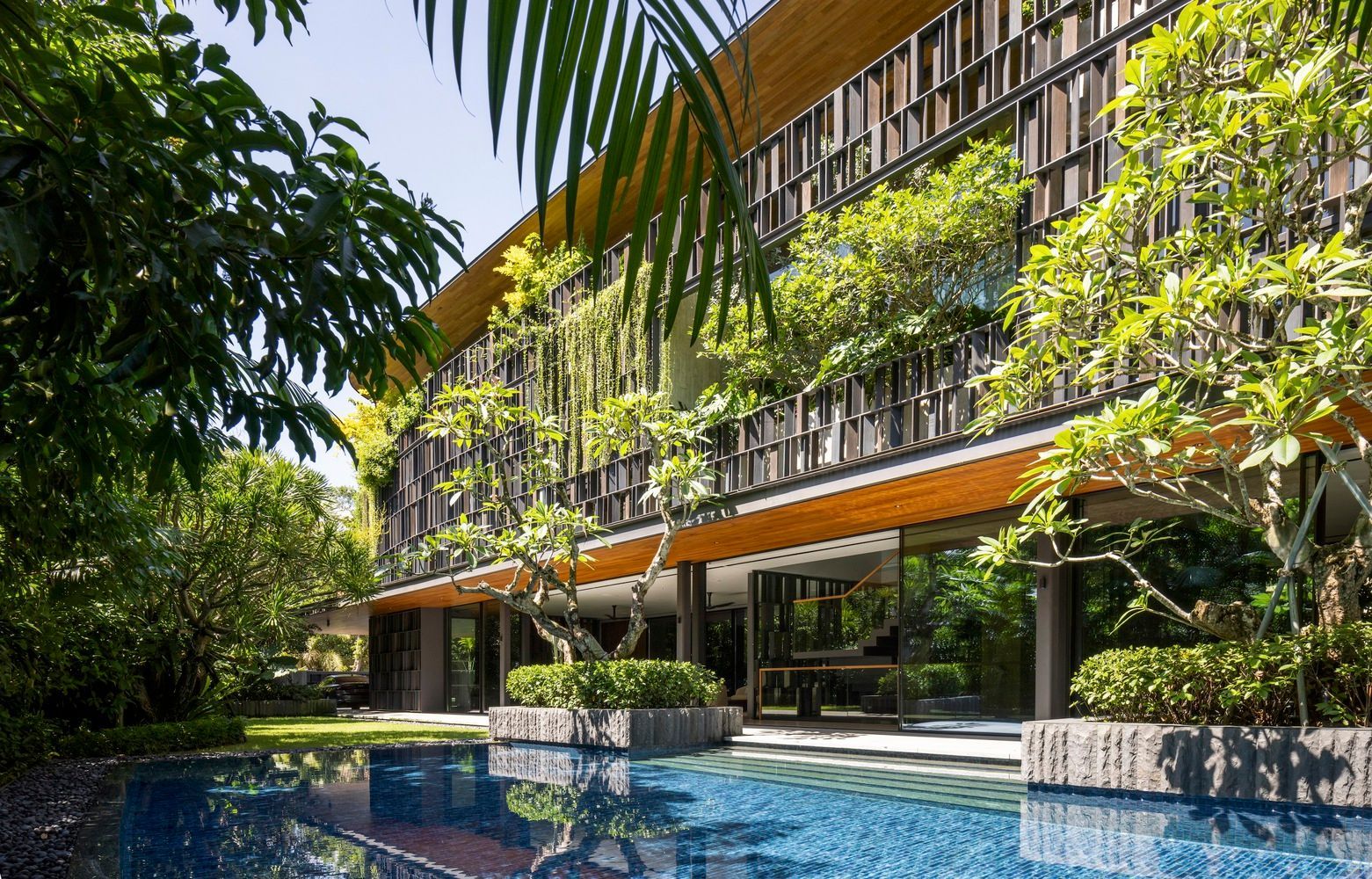
In an era where urban density often distances us from the natural world, biophilic home design reconnects us to its source. It’s a philosophy, a return to the organic connection between people and place. Rooted in the belief that human well-being flourishes when surrounded by nature, biophilic design invites light, air, water, and greenery into the very structure of our daily lives. It softens boundaries, dissolves barriers, and opens interiors to the healing presence of the outdoors. At OTIIMA, we see minimal frames not just as tools of transparency, but as portals to presence. Our systems are about dissolving walls, not simply through glass, but through feeling. Biophilic design is based on the idea that humans thrive when connected to nature. In residential architecture, this translates into the thoughtful use of natural materials, ample daylight, fresh air circulation, and the integration of plants and outdoor views. When applied effectively, these elements improve comfort, boost mental clarity, and support overall well-being, turning a house into a healthier and more balanced living environment. Here are three houses where OTIIMA becomes the quiet conduit between architecture and nature: Touching Eden House | Wallflower Architecture + Design Singapore





